Citrus plants (Citrus spp.) are typically evergreen shrubs or small- to medium-sized trees cultivated in subtropical or tropical regions. More than two-thirds of global citrus production is grown in Brazil, USA, China, Mexico and Spain. In Brazil and the USA, about 70% of the harvest is used for processing, whereas the Mediterranean countries produce mostly for fresh consumption, supplying primarily the European market. In Asia, most of the citrus produced is consumed domestically. Citrus fruits can make an important contribution to human nutrition, because they are a prominent source of vitamin C (L-ascorbic acid). The economically most important varieties are lemon (Citrus limon), orange (Citrus sinensis), mandarin (Citrus reticulata, C. deliciosa), grapefruit (Citrus x paradisi), lime (Citrus aurantiifolia), Seville orange (Citrus aurantium), pummelo (Citrus maxima), citron (Citrus medica) and kumquat (Fortunella margarita/ Citrus margarita).
Citrus
Pests associated with Citrus
-
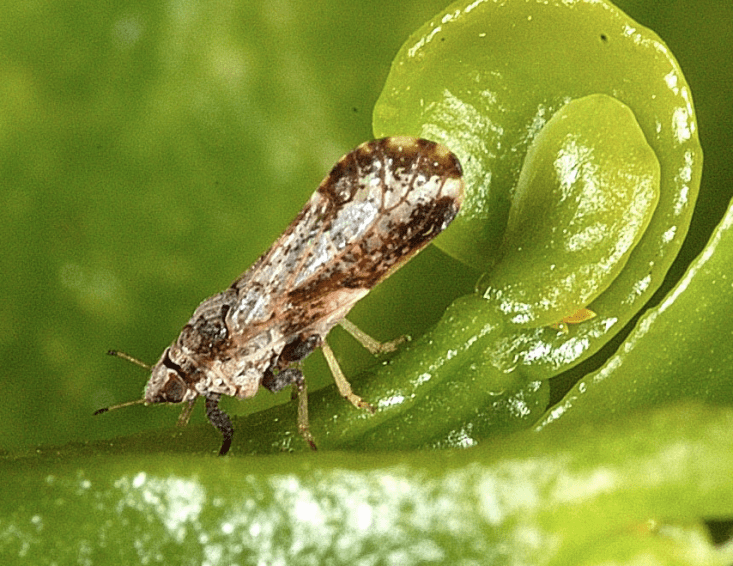 Asian Citrus Psyllid
Diaphorina citri
Asian Citrus Psyllid
Diaphorina citri
-
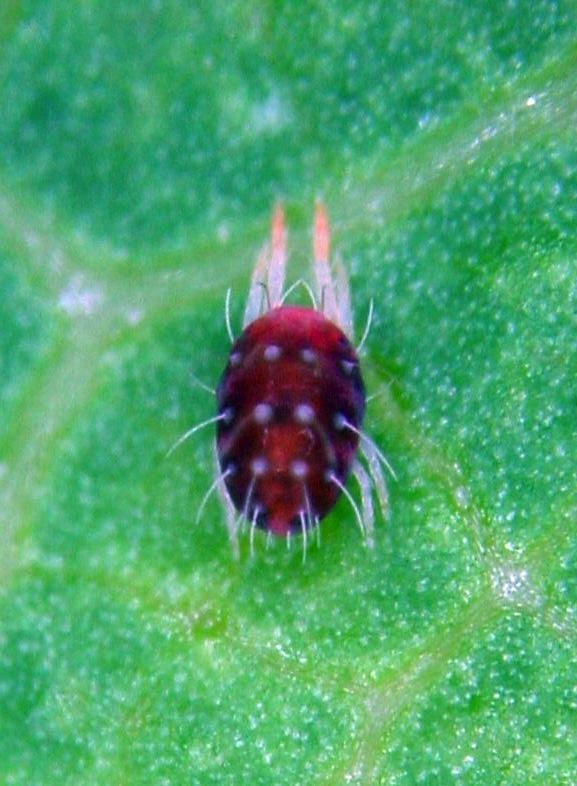 European Red Mite
Panonychus ulmi
European Red Mite
Panonychus ulmi
-
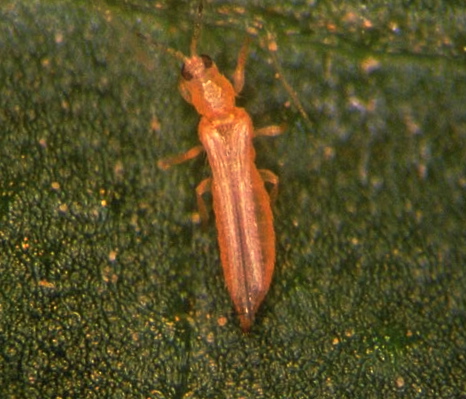 Western flower thrips
Frankliniella occidentalis
Western flower thrips
Frankliniella occidentalis
-
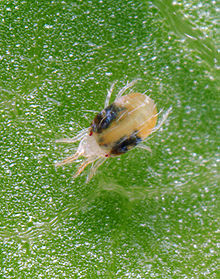 Twospotted Spider Mite
Tetranychus urticae
Twospotted Spider Mite
Tetranychus urticae
-
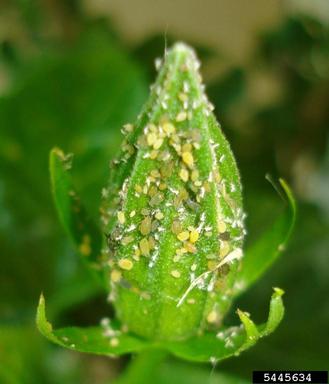 Melon & Cotton Aphid
Aphis gossypii
Melon & Cotton Aphid
Aphis gossypii
-
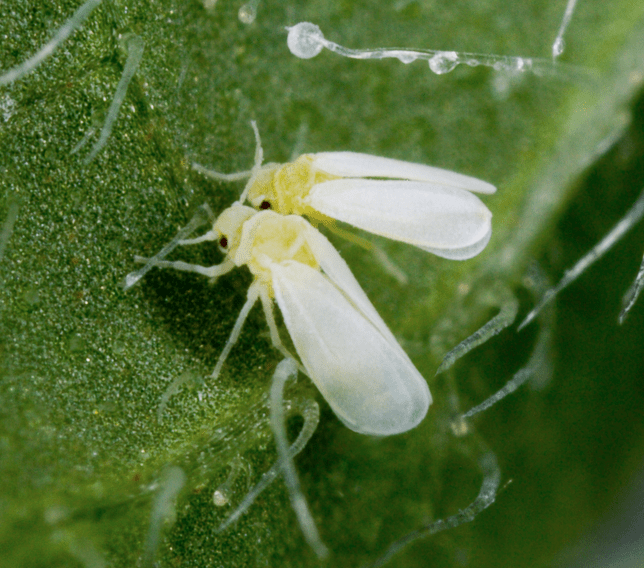 Tobacco Whitefly
Bemisia tabaci
Tobacco Whitefly
Bemisia tabaci
-
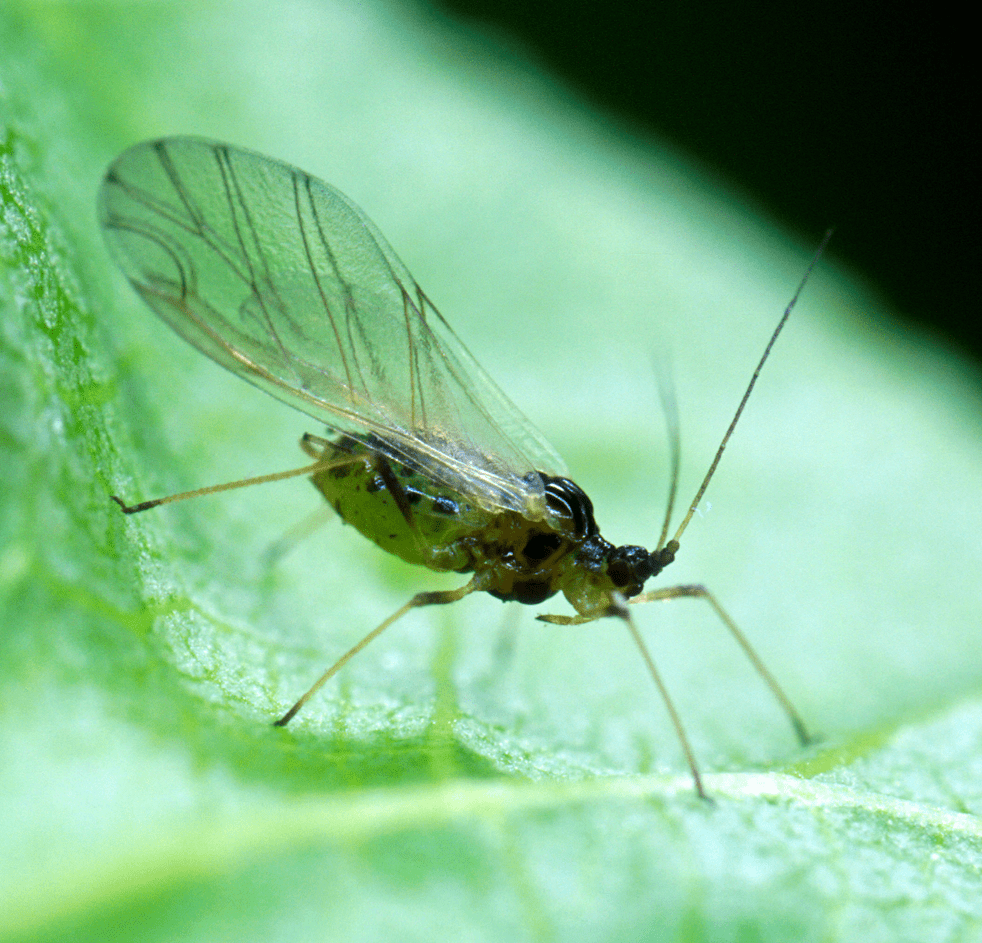 Green peach aphid
Myzus persicae
Green peach aphid
Myzus persicae
-
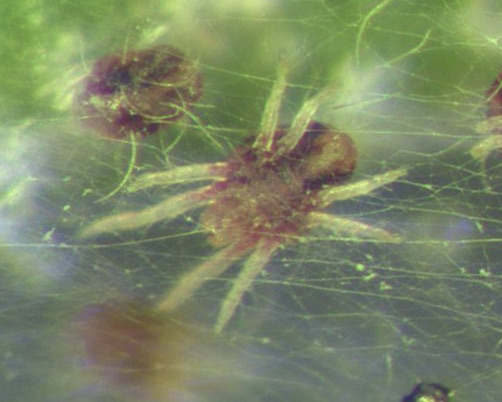 Citrus red mite
Panonychus citri
Citrus red mite
Panonychus citri
Other pests associated with Citrus
- California Red Scale (Aonidiella aurantii)
- Yellow Scale (Aonidiella citrina)
- Cotton Leafworm (Alabama argillacea)
- (Anastrepha ludens)
- (Brevipalpus phoenicis)
- (Diaspidiotus perniciosus)
- (Phyllocoptruta oleivora)
- (Planococcus citri)
- (Polyphagotarsonemus latus)
- (Prays citri)
- (Scirtothrips citri)